Controlling your Center of Weight
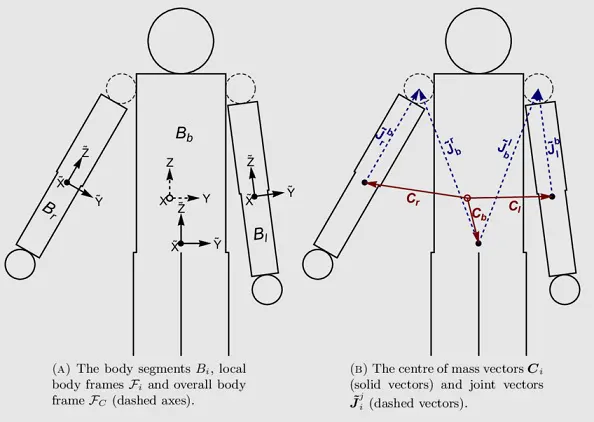
20/05/2022
By Maksem Manler
In CST Wing Chun, we want to make sure all of our movements contain our total body weight in order to maximize our power output. Obviously, hitting an opponent with 80kgs of weight is going to be a lot more destructive than hitting them with 5kgs of weight. This concept is quite logical.
Naturally then, the question follows: "How can I use my entire body weight to power up my movements?". The answer to which is: "Make sure all limb and torso movements are directly connected to your center of weight/gravity". We want to make sure that no matter how we are moving, every bone in our body is supported by the heaviest place in the body which is the center of weight.
My teacher, Sifu Mark Spence, illustrated this concept really well back when I first started Wing Chun. He held out a small metal pole in his right hand, arm outstretched, pole parallel to the floor and said "Walk your chest into the stick". So I walked into the stick and of course the stick moved back in space. Then Mark took the same pole and placed one end on the wall and said "Ok, now walk your chest into the stick". Of course I didn't as it was glaringly obvious that the pole wasn't going to move backwards this time. The pole was supported by an immovable wall with no give. I would probably stab myself in the chest if I walked into it. In other words, the pole was connected to something extremely stable and heavy - the wall.
The center of weight in our body is the heaviest place we can utilize to support our limbs and trunk. We usually imagine our center of weight to be an invisible point of accumulated heaviness, density and stability, existing somewhere around our navel. The total heaviness of the body exists at that point.
From this examination we now have three specific ideas:
- Our limbs should always remain connected to our center of weight no matter how they move
- How to shift our center of weight in three dimensions (X, Y, Z) and maintain structural integrity of the limbs no matter how they move
- How to spin our center in three axes (X, Y, Z) and maintain structural integrity of the limbs no matter how they move
You will notice these three ideas are solved by the first three empty hand forms of Wing Chun. There is a logical sequence in learning - that being that we need to build upon each skill set with each form, adding more complexity to the problem as we get better at staying connected to our center of weight. A CST Wing Chun student should already be familiar with this theory of Wing Chun.
Let us now come back to our original practical dilemma of how to stay connected to, shift and rotate the center of weight in the body.
Let's ask: "Why are we not always connected to our center of weight when we move?". In other words, why do we so often resort to using muscular force without intending to? It is as though our body inherently understands when our limbs are not getting the support they need from our center of weight and it tries to provide some measure of support by tightening up other muscles and joints. We can boil this down to the simple fact that the limbs lose connection with the center of weight due to tension; very specifically - primary and secondary tension.
What is primary tension? Primary tension is where the source of tension starts. For example, the primary tension is in the sacroiliac ligaments. This tension disconnects the center of weight from the limbs. As a result of this disconnection, in order to stay balanced and upright, the body tightens up other areas to prevent a loss of balance such as the thighs, knees, calves and neck for example. It could be multiple areas in the body that tense up due to a lack of support from the center of weight. We call this secondary tension or in bodywork practices, compensatory patterns.
The primary tension in the body prevents access to the center of weight first and foremost. It is always ligamentous tension that causes secondary muscular tension and is the first point of interference with weight transfer in the body.
The joints that are closest in proximity to our center of weight are the sacroiliac joints.
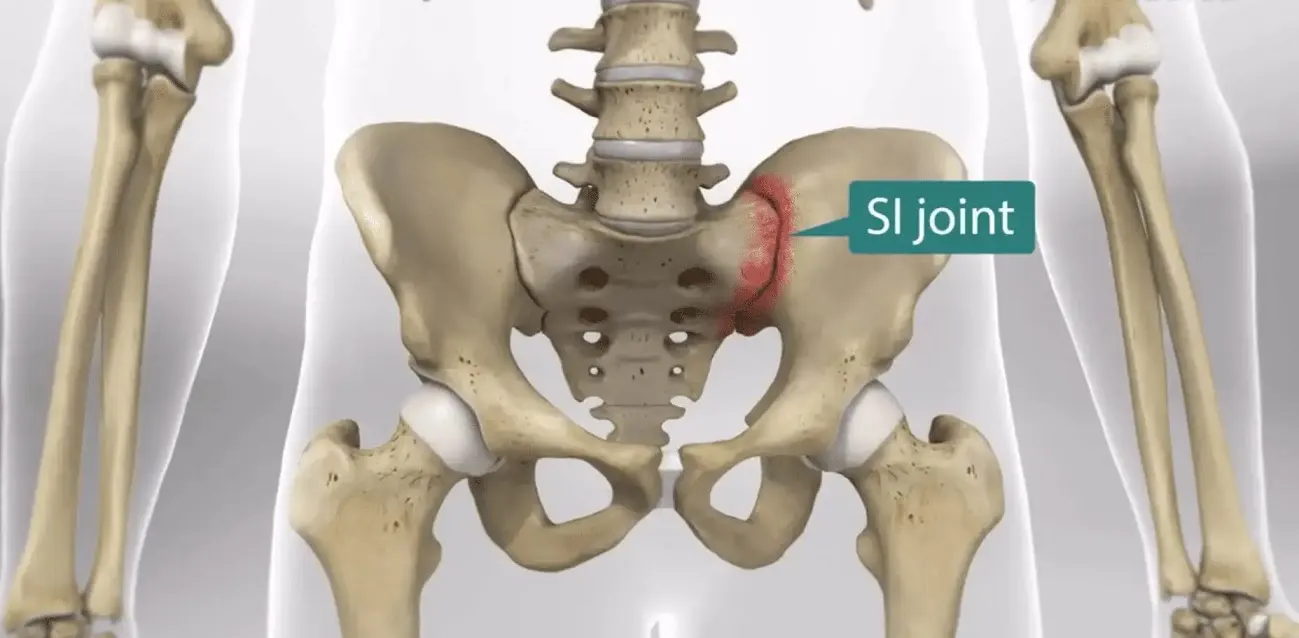
The key to controlling your center of weight is to begin with controlling your sacroiliac joints. Specifically, we want total control of the ligaments that wrap the joints. If we can directly control these ligaments then our Wing Chun journey has begun correctly. Until a student can control these joints, they simply will not progress in the CST way.
When we inspect a body and palpate the sacroiliac junctions, we will...99% of the time...find significant amounts of tension and distortion in these joints. They do not articulate correctly nor do they slide efficiently and the ligaments themselves tend to lack natural elasticity.
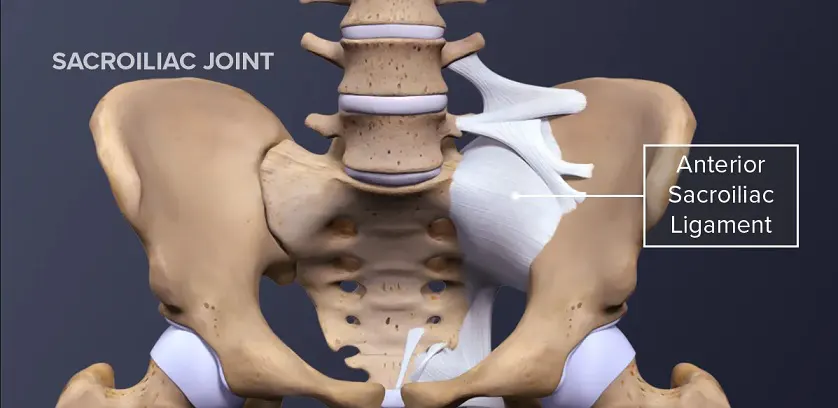
The SI joints are primary joints of the body that transmit weight from the spine to the legs. Our iliac bones will always support our torso and transfer weight to the bones of the legs, but if the ligaments are tight and stuck, then the body tries to support itself with compensatory patterns. The SI joints provide the key pathway of support to the rest of the joints in the body.
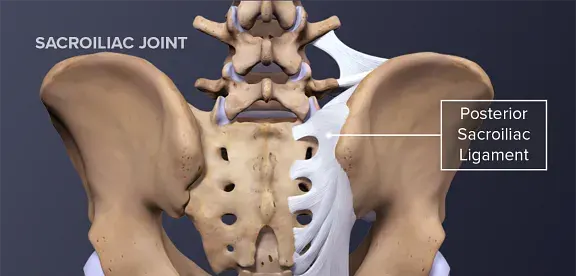
The SI joints are often stuck and highly compressed and the ligaments surrounding the articulating surfaces are glued down, pinning the bones together. The joints themselves should be mobile, yet in almost everyone, they are stuck, distorted, tight, rigid and unable to slide. This lack of mobility is entirely responsible for resorting to using muscular effort when trying to generate power.
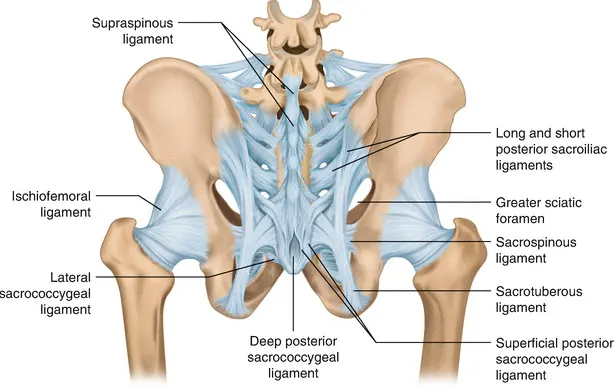
Second to embracing the idea of relaxation and effortlessness, gaining control of these ligaments is the second most important step a student can take in CST Wing Chun. Mobilizing your SI joints will organically release your entire body mass from the surrounding ligaments and kickstart the process of weight transfer through the joints up to the fingers, toes, and skull.
The weight flowing through your spine and limbs will be easy to recognize with continued practice and also, the sense of support it provides to your limb movements will provide you the tremendous power of your total weight.
When you pull the strings of a marionette, the wooden limbs and torso all move. Similarly, by moving the sacroiliac ligaments, they pull on the sacrum, which is connected to the rest of your spine. When you control your sacrum by voluntarily initiating movement in the sacroiliac ligaments, you are moving your center of weight directly. This movement allows you to release the ligaments and send the weight through to your other joints - in particular you can send it upward through your vertebrae, release your facet joints and expand your intervertebral discs. Why is this possible? Because every bone in the spine is resting on the disc below it, and since each vertebrae is at rest and not being held in place with tension, the bone moves upwards slightly due to the spongy and fluid filled intervertebral discs pushing the vertebrae upward. This process is called spinal decompression.
Your body weight will flow through each ligament and travel directly up to your brain. When done correctly you will feel your Nim Tao region pulsing inside your head. It is a very obvious sensation and not "new age fluff". In reality, the pulsing sensation is most likely the result of increased blood flow and nervous impulses through the spinal cord.
The foundations of the CST Wing Chun journey depend entirely upon whether you learn how to release your center of weight. If you succeed, then there is much health and well-being to be had. This ability to relax your ligaments and let your mass support you internally will give you the ultimate feelings of joy and satisfaction. Happy training!
By Maksem Manler